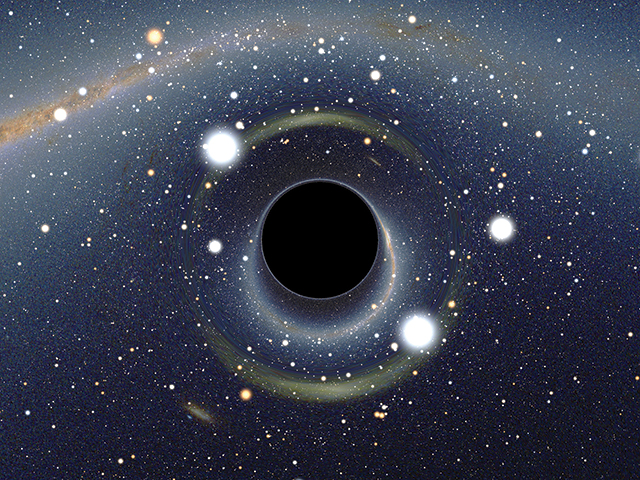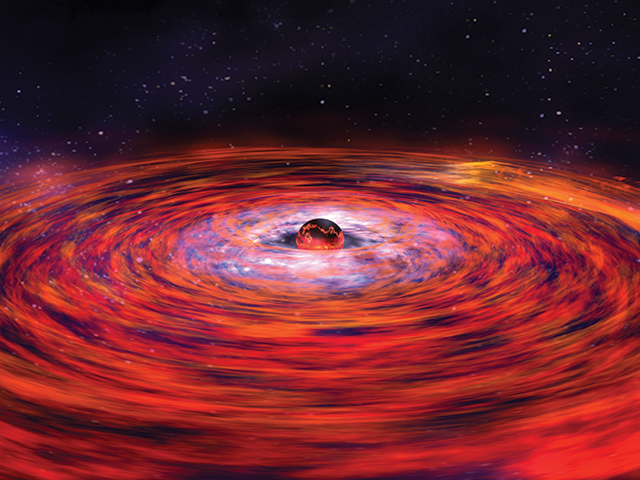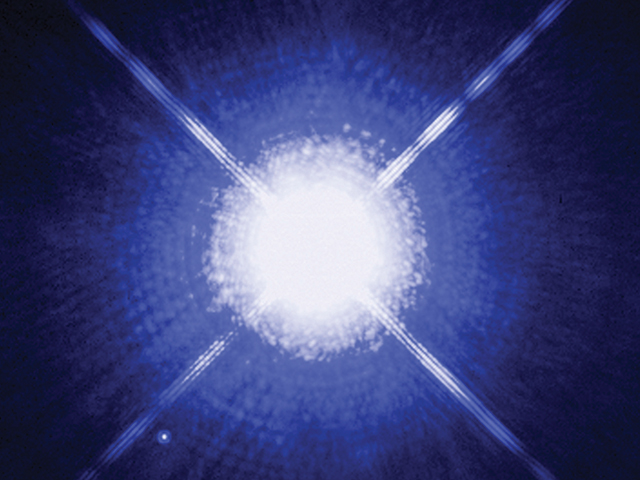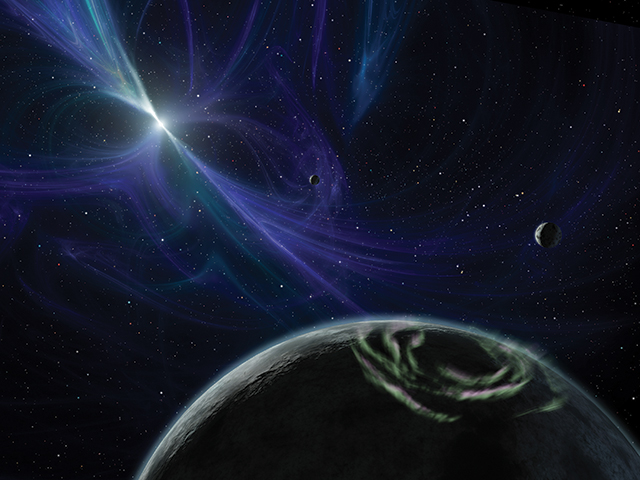Glossary of the Galaxies
By Staff Writer 13 March 2014 | Categories: feature articles
If talk about black holes, white dwarfs and red giants has your head spinning faster than a pulsar, fear not. We’ll help you find your way around the stars.
BLACK HOLE
What? A part of space where gravity is so strong that everything around it gets sucked in, even light. The extreme force results when a star collapses and all its matter is squeezed into a tiny space.
So what? Black holes confirm the theory of relativity, which is fundamental to our understanding of how physics work on Earth.
Say what?! The (scientific) term to describe what will happen to you if you come close to a black hole is spaghettification.
27 000 light years - The distance to the black hole at the centre of the Milky Way.
 ………………………………………………………………………………………………….
………………………………………………………………………………………………….
SUPERNOVA
What? An extremely bright explosion when a star collapses or when it has acquired too much matter from another one nearby.
So what? The study of supernovas has shown us that the universe is expanding at an increasing rate. Also, because debris is shot into space when a star explodes, supernovas give us clues about where the stuff in space comes from and how it got there.
Say what?! The most recent Milky Way supernova visible to the naked eye appeared in 1604.
30 000 km/s - The velocity at which a supernova shoots star material into space.

………………………………………………………………………………………………….
NEUTRON STAR
What? The super dense collapsed core of a star, left over after a supernova. The star is so dense that electrons and protons fuse to become neutrons.
So what? The density of neutron stars is unlike anything we can reproduce in the lab. So, neutron stars are like space labs that tell us things about the universe we would not have discovered on Earth.
Say what?! All the heavy metals in the universe – gold, platinum, lead, and so on – come from collisions between neutron stars.
A BILLION tonnes - The weight of about a teaspoon full of a neutron star on Earth.

………………………………………………………………………………………………….
WHITE DWARFS AND BLACK DWARFS
What? The leftover core of a smallish star after its death. A white dwarf burns white hot, but gradually cools down. After hundreds of billions of years, a white dwarf would have cooled down enough to not emit any more light. Then it’s called a black dwarf.
So what? Because white dwarfs gradually cool down, they can give us clues about the age of the universe.
Say what?! Black dwarfs are theoretical concepts only. This is because it would take longer for a white dwarf to cool down completely than the universe is old.
Close to 10 000oC - Typical surface temperature of a white dwarf.

………………………………………………………………………………………………….
PULSARS
What? A spinning neutron star that emits electromagnetic radiation. It’s called a pulsar because the radiation signal causes a regular pattern of energy spikes.
So what? Pulsars are the proof that neutron stars exist. They also make super accurate universe clocks.
Say what?! Pulsars were discovered accidentally in 1967. The inexplicable spike patterns were first dubbed LGM1, because they were thought to be signals from ‘little green men’. [LP]
More than 1500 - The number of pulsars already discovered.

Images
Black hole Image Credit: Alain r | bit.ly/Ot4i1U
Supernova Image Credit: NASA/ESA/JHU/R.Sankrit & W.Blair | bit.ly/1jtoYky
Neutron Star Image Credit: NASA/Dana Berry | http://1.usa.gov/Ot4tKz
White Dwarf Image Credit: NASA, ESA, H. Bond (STScI) and M. Barstow (University of Leicester) | http://1.usa.gov/1cH6uel
Pulsars Image Credit: NASA/JPL-Caltech/R. Hurt (SSC) | bit.ly/1fwHVSH
Most Read Articles

Have Your Say
What new tech or developments are you most anticipating this year?



